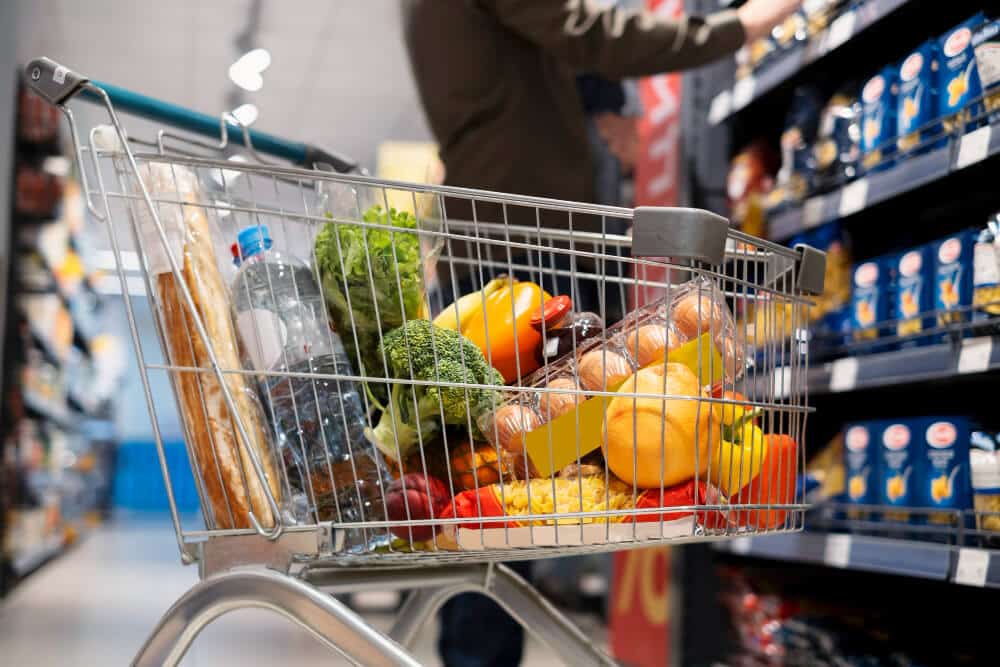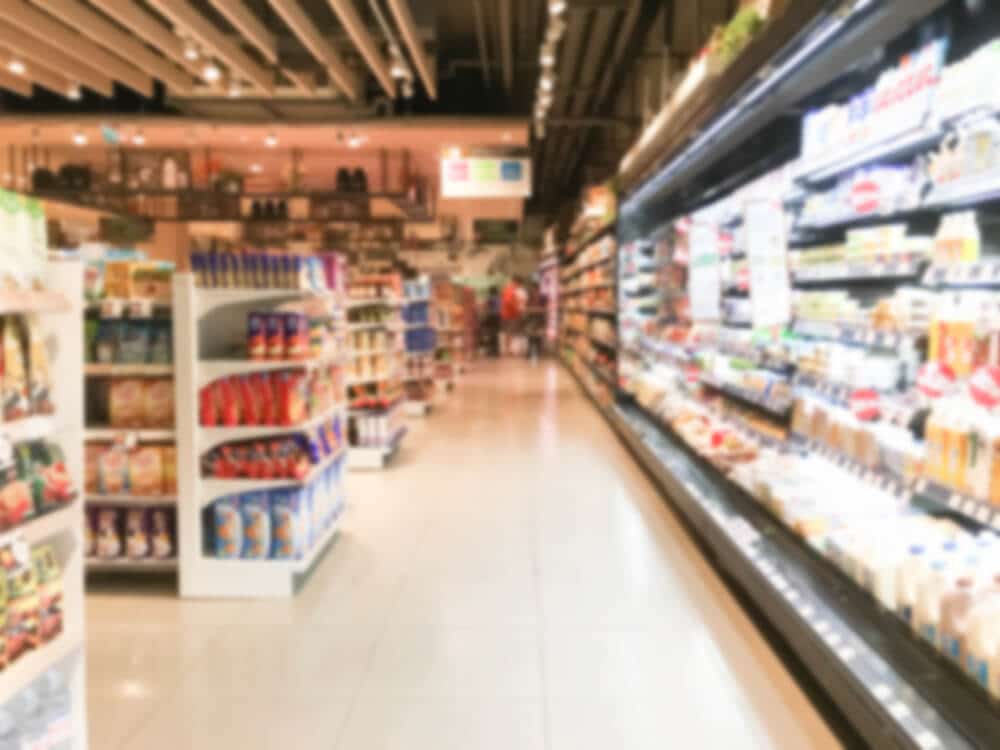Grocery stores have been around here for ages and their marketing strategies have evolved. From pricing strategies to product placement, owners must constantly come up with new ways to keep their customers coming back.
With the rise of digital marketing and social media, grocery owners need to find new and creative ways to drive customers to their stores.
In this article, we will take a look at some of the most effective marketing strategies that you can use to market your business. These strategies are being used by successful businesses and can do wonders for your business as well.
Table Of Content
How to Create a Grocery Store Marketing Plan?
10 Grocery Marketing Strategies
How to Decide Which Marketing Tactics Your Grocery Store Should Use?
Bottom Line
How to Create a Grocery Store Marketing Plan?
To create an effective marketing plan you have to do market research and understand your customers. Without a proper understanding of your customers and the market, you can’t create an effective plan.
Here are the steps required for creating a successful grocery store marketing plan:
1. Identity Your Target Market
So the first thing you will need to figure out is your target market. From an age group to the type of customer you want to reach, it’s important to know who you want to attract before planning your marketing plan.
You don’t want to target someone who doesn’t fit with your store’s value. Rather than trying to appeal to everyone, you should narrow down your focus and create a plan that will reach the right people. This way you will be able to save money and time.
2. Research Your Competition
It’s very important to know what other stores are doing in your area when it comes to marketing.
Take a look at:
- How are they advertising?
- How are they promoting their offers?
- Where are they located?
- What type of customers are they targeting?
- Why are customers choosing them over others?
By researching them, you will get a better understanding of what works and what doesn’t. You can find gaps and mistakes as well as ideas to incorporate into your marketing plan.
3. Create a Budget
Once you have an idea of what you want to do and who would you like to target, the next step is to create a budget. Marketing can be costly – so it’s very important to have a budget in place.
Consider how much you can afford to spend on ads, promotions, events, etc… Having a budget in place, you can make sure that your money is not going to waste and that your marketing efforts are on point.

Streamline your business with Octopos– A Complete POS System with Big Boys Tools without the Big Price
It is a lot more than a point of sale. Octopos is easy and intuitive for you and your staff to use. Yet you get all these sophisticated tools to manage inventory, track and engage customers, get meaningful insights into your business, and much more.
4. Create an Online Presence
At this point, if your store/business doesn’t have an online presence, it doesn’t exist. So you have to create an online presence to reach out to potential customers, This includes:
- Creating a professional website
- Creating social media accounts
- Using email lists and email marketing
- Creating content (images, videos, blogs, etc…)
These things will help your business stay on top of the minds of your potential customers and build loyalty among the existing ones.
5. Promote Your Business Locally
When it comes to marketing, both online and offline promotions matter. For offline marketing, you can use signage, flyers, and print ads to draw the attention of your customers. Also, you can get involved in the local community by sponsoring events or donating to charities.
These small efforts can make a big difference in your marketing plan. You will be able to build trust with your customers and spread awareness of your business locally.
6. Track Your Progress
Tracking your marketing progress is one of the parts of your marketing plan. This includes – keeping track of how many customers you are reaching, the number of sales you are making, and the money you are spending.
By tracking your progress, you can find areas that you need to improve and make changes accordingly. This will help you make sure that you are maximizing your resources and reaching your goals.

10 Grocery Marketing Strategies
So now that we know how to create a marketing plan, it’s time to discuss some of the strategies. Here are the top 10 ideas you can try:
1. Take Advantage of Google My Business
Google My Business is a free platform that allows you to create and manage your online presence on Google. With this tool, you can provide details about your business such as location, hours of operation, contact information, products/services offered, etc…
2. Create Loyalty Programs
Loyalty programs are a great way to reward existing customers and keep them coming for more. You can offer them discounts, freebies, or other special offers that will keep them coming back again and again.
The ROI of loyalty programs is very high – so it’s worth considering for your grocery store. Make sure to track your customers’ purchases and patterns so you can personalize their rewards.
3. Partner With Local Businesses
One of the best ways to reach out to new customers is by partnering with local businesses. For example, you can provide discounts or special offers to customers in exchange for referral fees or discount codes.
This way you will be able to draw more customers to your business and build relationships with other business owners in the area.
4. Use Social media to Your Advantage
If you are not using social media to promote your store, you are missing out on a lot of opportunities. Social media is one of the best ways to engage with customers, share updates about your store, and promote special offers.
Just make sure to create engaging content that will encourage customers to come into your store. Also, use targeted ads and influencer partnerships to reach more people.
5. Instore Events and Promotions
In-store events and promotions are some of the best ways to draw more customers into your stores. You can
- Host tastings
- Product reviews
- Offer special discounts or incentives, etc…
These events must be creative, fun, and engaging so that customers can receive a positive experience and want to come back again for more.
6. Utilize Email Marketing
Email marketing is one of the effective ways to keep in touch with existing customers and promote new products. You can send special offers, newsletters, discounts, etc… to keep your customers informed and engaged.
Emails are also very personalized so you can target specific customers with the right message and offer. This makes it a very useful tool for targeting potential customers and driving sales.
7. Offer Delivery and Pickup Services
This is the age of convenience – so it’s very important to offer delivery and pickup options for your customers. This is important in the grocery business as more and more people are looking for ways to save time.
By offering delivery and pickup services, you can make your customers’ life easier and encourage them to shop from you.
8. Offer a Good Customer Service
Good customer service is essential to any business, especially when it comes to running a grocery store. Make sure that your employees know how to be friendly and helpful.
Make sure that your employees are experienced with the products you offer and can help customers find what they are looking for. This will make sure that your customers have a positive experience and will want to come back for more.
9. Use Creative Visual Displays
Visual displays are very important to the attention of your customers. Make sure that your visual displays are creative and different from your competition.
Make sure to use bright colors, bold fonts, and interesting shapes to draw attention to certain products and deals. This will help your customers exactly what they are looking for.
10. Take Advantage of Digital Coupons
Digital coupons are some of the best ways to attract more customers and generate more sales. For example, you can offer exclusive deals or discounts through your app or website that your customers can access with coupon codes.
This encourages your customers to come back as they know they can get the best deals only from your shop. It also helps you stay competitive in a very crowded market.

How to Decide Which Marketing Tactics Your Grocery Store Should Use?
So now we know one or two things about marketing, how do we decide which option is best for the business? It’s very important to take time and evaluate all of the options and find out which ones will be the most beneficial.
Here are some of the key factors that you should keep in mind when making the decision:
- The target audience
- Your marketing budget
- The size of your business/store
- The competitors
- Your marketing strategy in general
As you can see there are many marketing tactics that you can use – some are free while some are paid, some need more effort and some are more passive.
Start with the free ones first and then slowly expand to the paid ones. However, make sure to use all the marketing tactics that fit your budget and target customer base.
By researching each option and creating an effective strategy, you can make sure that your store is successful to reach its goals.
If you are still finding it hard to come up with a strategy that will work for your grocery store, you should hire a marketing agency. They are professionals and can help you with the guidance and expertise to make sure your marketing strategy is successful.
Bottom Line
Marketing is a big part of running a successful business. Whether you are a single store owner or running a store chain, there are many marketing tactics that you can use to reach out to more customers. Make sure to do your research and find the right tactics that are suitable for your business. Good luck!
With Octopos, you can leverage the power of data to make informed marketing decisions. Our POS system tracks sales data, customer behavior, and inventory levels, giving you the insights you need to optimize your marketing strategies and drive growth. Book a Demo

